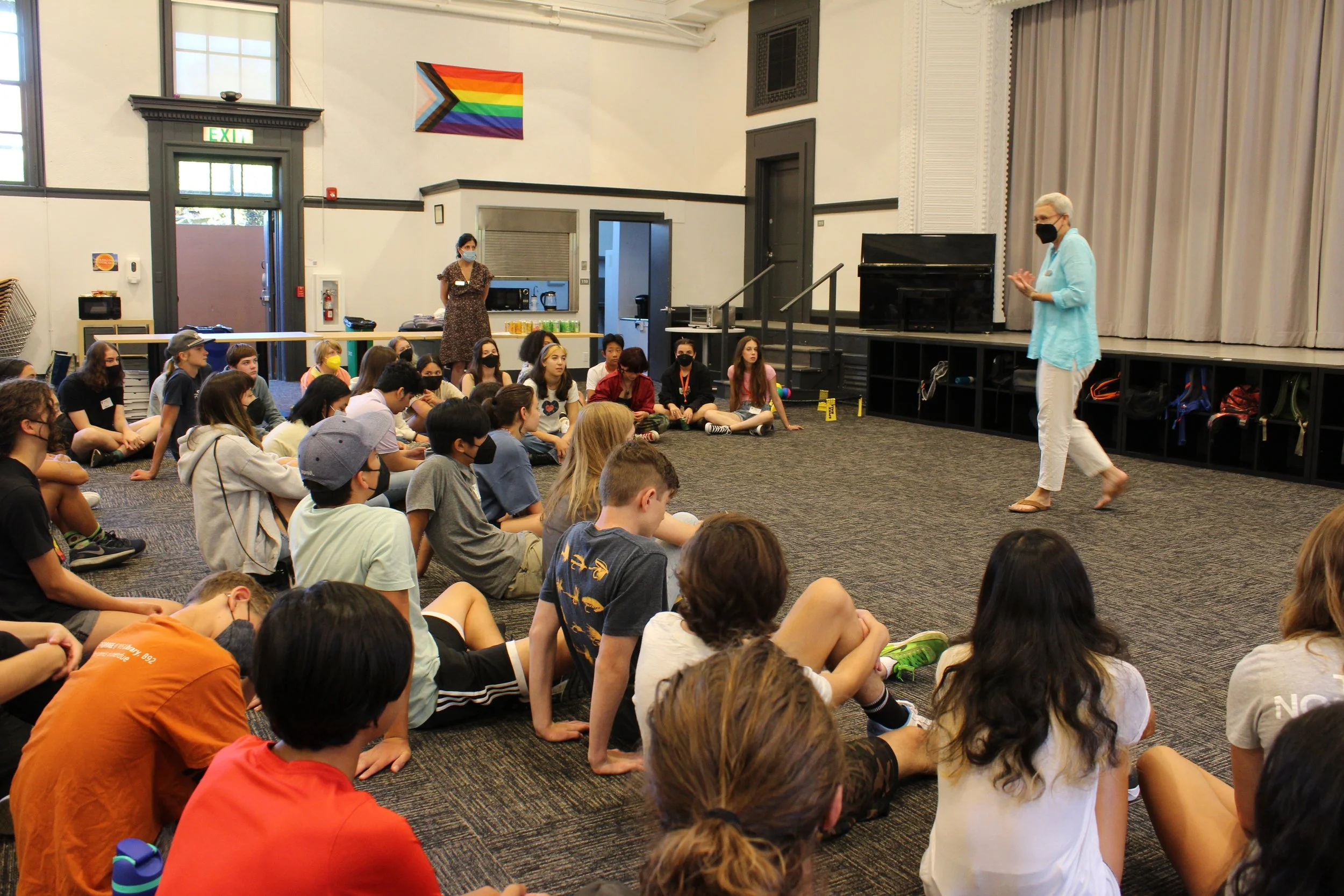Belonging
By Anna Box
I know a little bit about not belonging. I am a woman who does mathematics for a living. I’m one of the few progressive voters in my family of origin. Oh. And I’m gay.
If you have ever not belonged, been the only one singing off key at choir practice, or not knowing the rules of a game, you know how uncomfortable it is.
I’ve spent a great deal of my adult life working to be sure that everyone around me knows and feels like they belong. I use gender neutral pronouns, not to be correct or cool, but to help people know I see them for who they are. I try hard to celebrate people’s strengths and assets, not call out their deficiencies. I affirm a wide range of beliefs and values. I have committed my personal and professional life to making the spaces I inhabit more welcoming–to everyone.
And yet, not belonging is still a thing.
Let’s consider a quick Google search I recently did. Google knows me so well: my birthday, my address, where I work, my usual order from the Thai place up the street, and my political leanings. If Google were a friend, she would be approaching BFF status. But, even knowing all these aspects of my personality and professional life, Google still gives me the names and images of ten men before any women when I search for “mathematician.”
Not surprisingly, the vast majority of the images are of White men, working alone. The second most likely demographic for an image of a mathematician is an Asian man, also working alone.
What is the message? Clearly and unambiguously, mathematics is a solitary endeavor done almost exclusively by men, typically White or Asian men. Perhaps more subtly the message also implies that others don’t belong in the circle or club of mathematicians.
In my experience of being on the planet for three score years and then some, Google’s ratios of male to female mathematicians and White to Black and Brown mathematicians is fairly accurate. I was typically one of only a few women in engineering and programming classes in college. Most of my fellow students were White. Likely indicating a lack of access and/or structural barriers to all the non-White folks who could have been there. Certainly we had some non-binary “fellows” in my classes, but in those days that orientation was strictly closeted. Likewise, at the high schools where I’ve taught, the proportion of men teaching math was way higher than the percentage of men in the faculty overall. Similarly, the vast majority of my professional colleagues have been White. Again, until recently none of my colleagues identified as non-binary.
Some of the schools where I taught had mission statements that included phrases like “all students developing life-long learning habits,” and “We All Belong.” In living those mission statements, I have learned and taught deliberate strategies for seeing, noticing, and affirming that ALL of us–males, females, non-binary folks, Black and Brown people, all of us–can do math at high levels and with deep understanding.
For some of you reading this, I am or will be your math teacher. For others, I invite you to come and do some math with us. You belong. You got this. And we’ve got you.



